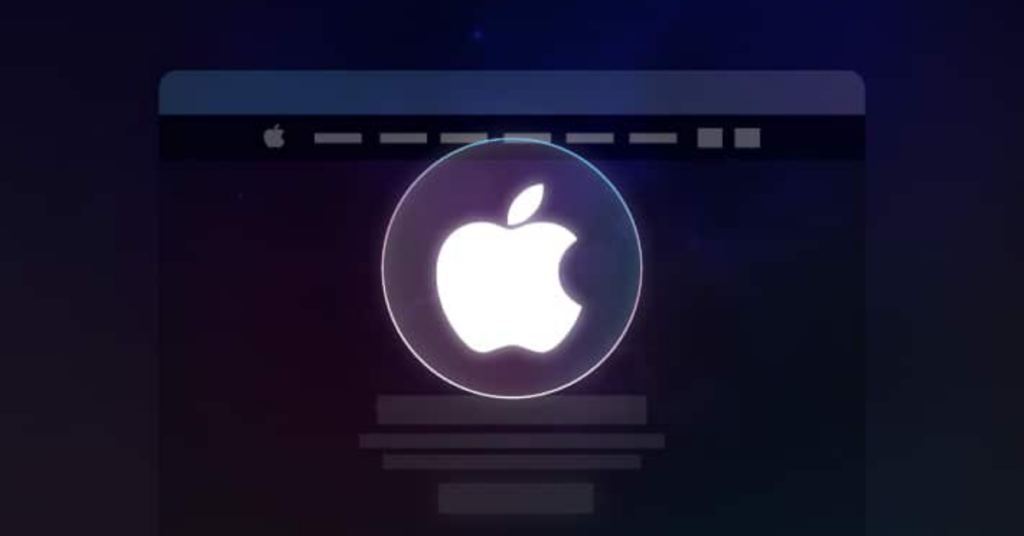Rust’s Adoption by Google: A Significant Development in Digital Security
In a time when safeguarding digital assets is crucial, Google’s recent adoption of Rust in its firmware development signifies a noteworthy advancement in the technology sector. This strategic move highlights Google’s dedication to enhancing security and establishes a new standard for the industry’s approach to firmware development.
Firmware, the essential software that interacts directly with hardware, has traditionally depended on languages such as C and C++. Although these languages offer granular control, they also come with significant security vulnerabilities, including buffer overflows and memory corruption. Malicious actors have consistently exploited these vulnerabilities, positioning firmware as a common target for cyberattacks.
Rust’s Memory Safety: A Revolutionary Advancement for Security
Introducing Rust, a programming language meticulously crafted to prioritize security. In contrast to C and C++, the Rust compiler implements rigorous regulations for memory management, greatly minimizing potential vulnerabilities. The emphasis on a “safety-first” strategy is especially vital in firmware development, where both security and stability play crucial roles.
Google’s choice to embrace Rust tackles multiple critical issues:
1. Improved Security: Rust’s memory safety capabilities actively address vulnerabilities, minimizing the necessity for reactive security updates.
2. Enhanced Stability: The compiler in Rust performs rigorous checks that guarantee system stability, which is essential for avoiding errors that could have significant repercussions in firmware.
3. Future-Proofing: As cyber threats continue to evolve, a robust foundation such as Rust offers the necessary resilience for sustained protection.
4. Pioneering Influence: Google’s initiative could establish a benchmark, encouraging other organizations to embrace Rust and enhance security protocols across the sector.
Considerations for Mid-Sized Enterprises
Although the resources at Google are extensive, businesses of a moderate size can still implement the strategies that inspired this initiative. Executives should:
1. Assess Your Technology Frameworks: Are you leveraging the most secure solutions for essential systems?
2. Prioritize Security: Integrate security measures throughout the development lifecycle, rather than solely focusing on the end result.
3. Stay Ahead: Keep an eye on advancements in programming languages and tools to guarantee your technology stack stays at the forefront of the industry.
4. Explore Rust: For those engaged in systems or IoT development, integrating Rust may provide a significant advantage in enhancing product security and reliability.
5. Enhance Team Capabilities: Allocate resources for training your developers to proficiently manage emerging technologies such as Rust.
Holistic Protection: Beyond Rust
The integration of Rust by Google marks a significant advancement, yet it’s important to recognize that no single technology can fully address security challenges. The effectiveness of Rust is amplified when integrated into a comprehensive strategy that prioritizes testing, routine audits, and a culture centered around security. In the current landscape, safeguarding digital frameworks is crucial like never before. For medium-sized enterprises, the issue isn’t about the cost of enhanced security—it’s about the cost of neglecting it.




